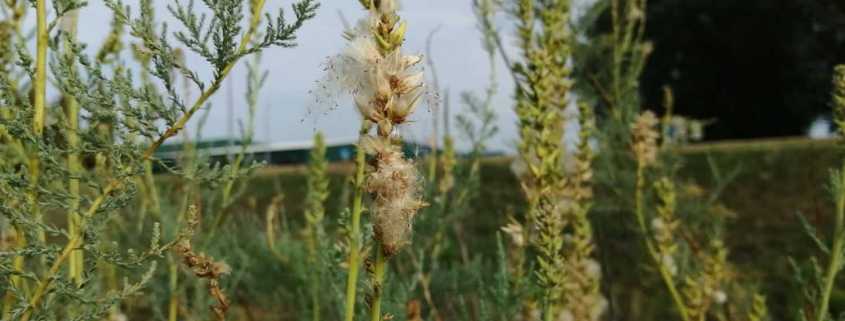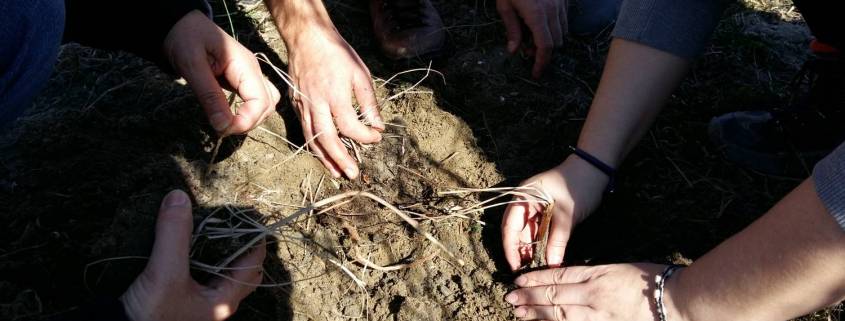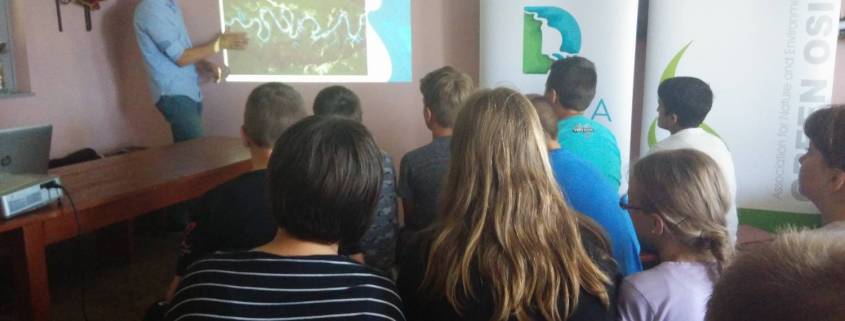Posts
World Water Day Marked by the Reintroduction of Dwarf Cattail on the Drava River
/in Nekategorizirano /by Ana KuzmanićLEGRAD – This year’s reintroduction of the dwarf cattail (Typha minima) was held on World Water Day (March 22nd) on several locations along the Drava River. Our expert associate Dragica Purger, PhD, mentioned that the Drava still displays characteristics of a natural, unregulated river.
However, Purger warned that human activity on the river, primarily the construction of hydroelectric power plants, excessive gravel and sand removal, and the construction of regulatory infrastructure, has resulted in major changes in hydromorphological dynamic processes and the ecological condition of the Drava River.
Purger notes that important indicators of negative changes include the disappearance of specific river habitats, gravel and sand banks, as well as the disappearance of key species that depend on these habitats. One of them is the dwarf cattail (Typha minima), which disappeared from the Croatian part of the Drava river in the last three decades. “The reintroduction of dwarf cattail in its natural habitat on the Drava River, implemented within the scope of the DRAVA LIFE project, has a practical and symbolic significance,” Purger said.
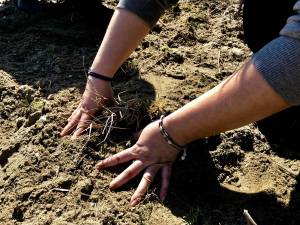
©WWF
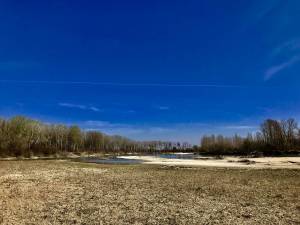
©WWF
Dwarf cattail disappeared from this area more than 20 years ago. To be more precise, it was last recorded on gravel bars near Varaždin in 1994. Both the German tamarisk (Myricaria germanica) and the dwarf cattail (Typha minima) are pioneer species that grow on habitats such as sandbanks and river banks in freshwater ecosystems.
“Given that last year’s reintroduction of dwarf cattail was not completely successful due to extremely high water levels, we decided to reintroduce this extinct river plant once again, this time under the guidance of our expert associate Dragica Purger, PhD. We hope that we will have more luck this year and that the plants will grow well”, explained Branka Španiček from WWF Adria. Španiček added that the ultimate success of reintroduction and repopulation can only be ascertained once the seedlings are fully adapted to the new habitat and once they begin to reproduce.
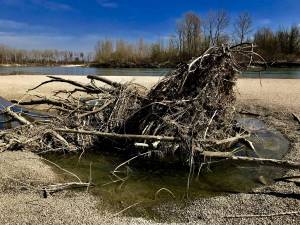
©WWF
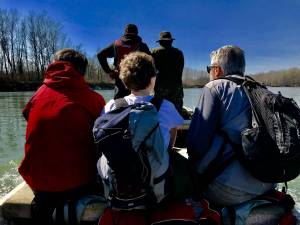
©WWF
“Successful reintroduction of this plant species will increase the biodiversity and improve the ecological function of river ecosystems, although the permanent establishment of these populations will depend on the implementation of river revitalization measures. It will also be an indicator of improving river conditions and increasing natural value of the Drava River”, concluded Purger. This year’s reintroduction wouldn’t be possible without help of DRAVA LIFE partners and associates from the Drava Federation (Hungary).
Workshop for school children within DRAVA LIFE project
/in Nekategorizirano /by bspanicekLegrad – First DRAVA LIFE project workshop for pupils from 5th and 6th grade of Legrad primary school was held on 30th May 2018 in the Sport Fishing center “Smuđ“ in Legrad, organized by project partner Green Osijek.
Ivan Damjanović from NGO Green Osijek talked about the protection of rivers and Branka Španiček from WWF Adria held a presentation about endangered species and habitats in the Drava River basin. Only few pairs of river birds such as Sand martin and Little tern are left on Drava river and those numbers are constantly declining. The Drava Life project aims to improve the habitats for these river birds through river revitalization and habitat protection measures. The children could also learn about the project activity for reintroduction and repopulation of the riverine plants German tamarisk and Dwarf cattail that took place earlier this year. German tamarisk and Dwarf cattail are two pioneer species that grow on sand- and gravel bars along rivers and could be found until not that long ago also along Mura and Drava in Croatia.
The main purpose of the workshop was educating pupils and other participants about the importance of river protection and preservation of endangered species. DRAVA LIFE project partners are also working on the development of Visitors guidance Plan and Action Plan for River Birds, organizing visits to restored habitats, implementation of educational programs for citizens and schools, organization of international study trips and visiting other LIFE projects for exchanging experience and examples of good practice.
The workshop participants were closely informed about DRAVA LIFE project activities and the exceptional biodiversity of the Amazon of Europe. After presentations, students got educational materials about the river Drava and more information on EU projects in this area. There was also a small quiz which tested their knowledge. The event was closed in a happy common snack shared by the participating children and the educators.

